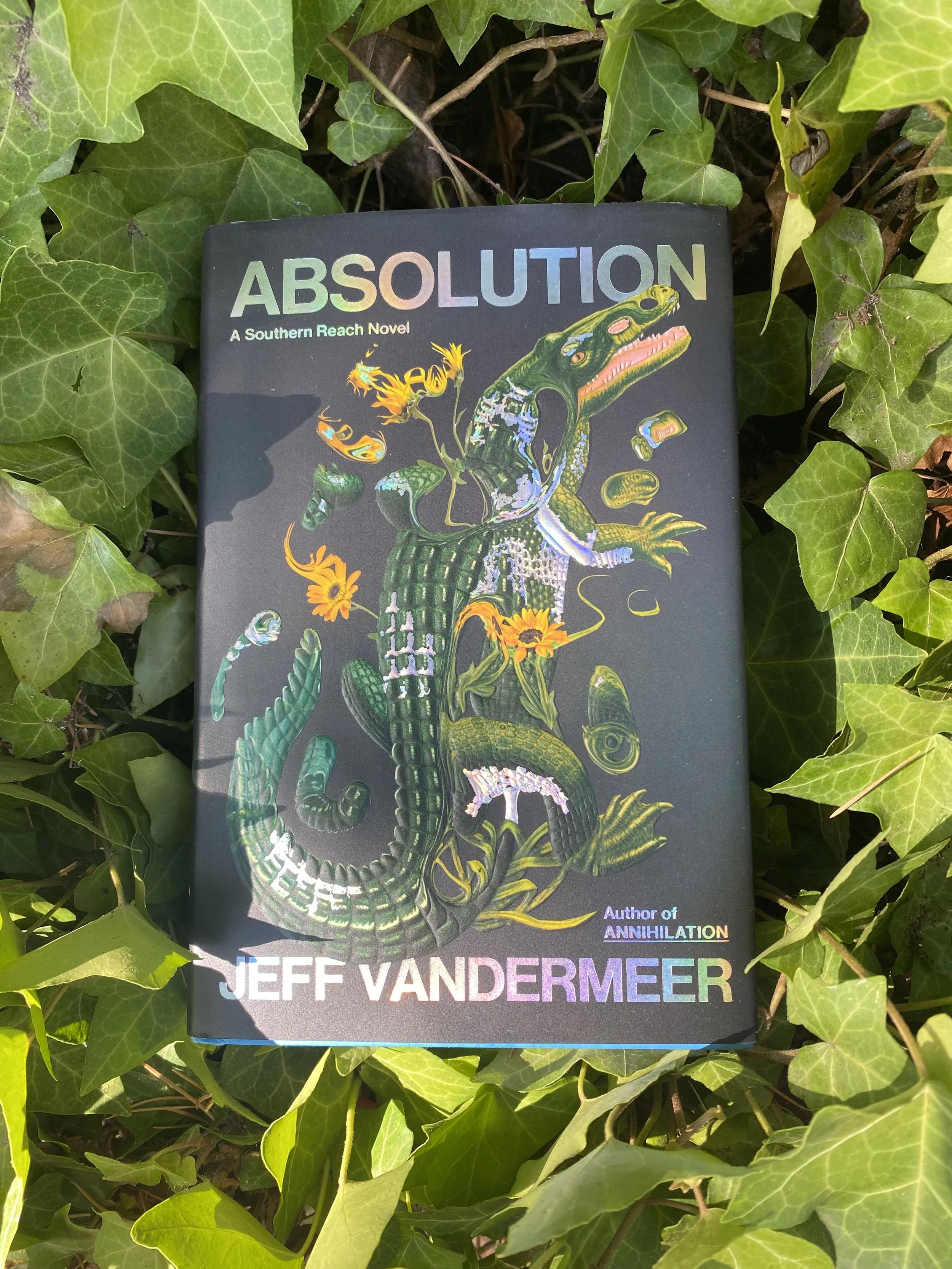4/5 stars
What's it about? Physician Dr. Wes Ely discovers that the ICU practice of sedating and immobilizing critically ill patients leaves many with chronic illness and disability if they survive their hospitalization. Through research, determination, and collaboration, Dr. Ely vows to cultivate a practice of beneficence (doing good) instead of benevolence (wishing good). An impassioned plea for compassion in critical care.
How’d I find it? A colleague recommended this title for our book club, and oh, how it fired up us nurses. I borrowed my copy from Multnomah County Library.
Who will enjoy this book? Every Deep-Drawn Breath pairs well with Atul Gawande’s Being Mortal, which Dr. Ely lists as an inspiration for his book.
What stood out? Dr. Ely’s belief in his mission comes through the page, and it’s hard to resist his conviction. For healthcare workers, this book will read as a call to action; my fellow nurses and I spent much of our book club meeting discussing ways to introduce long-term quality-of-life activities into our daily practice. Every Deep-Drawn Breath’s most valuable content is perhaps the resource section at the end of the book with practical information for patients, families, and the medical community.
Which line made me feel something? I need to know more about this Halpern: “Compassion can be understood as empathy in action. I had long been a believer in researcher and bioethicist Dr. Jodi Halpern’s work on clinical empathy, especially her teaching that compassion should never be an extra step in our care, but an adverb to describe how we care.”









